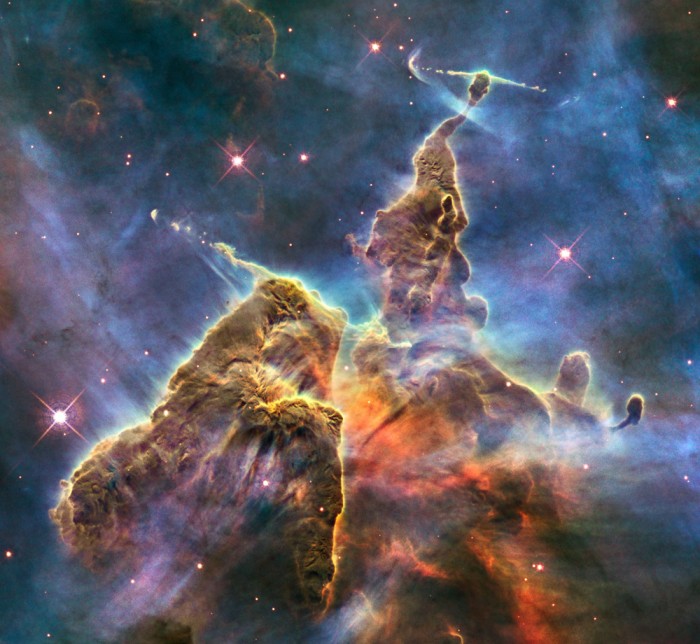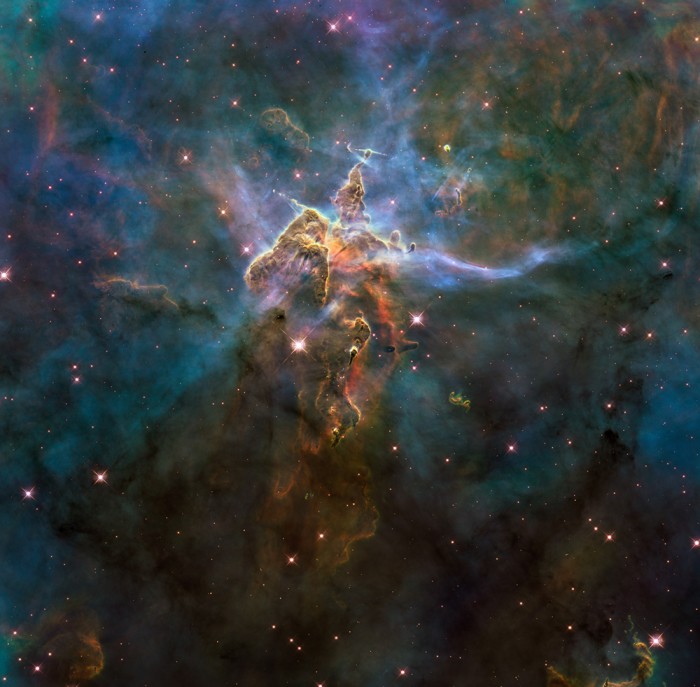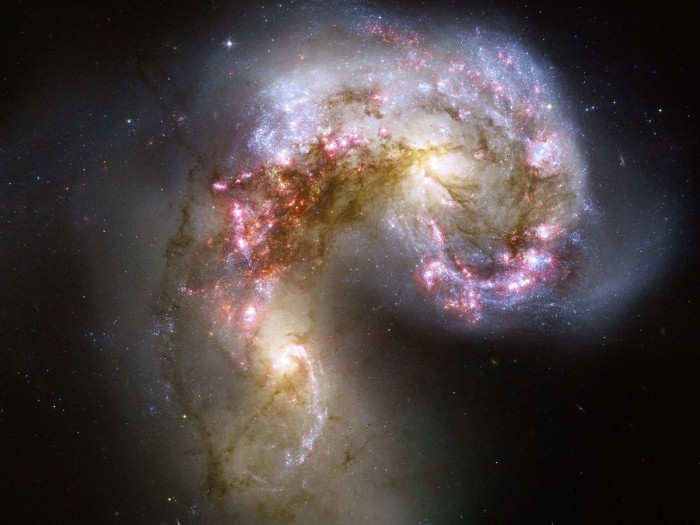Stephen Hawking's Hostile Aliens
Stephen Hawking recently stated that the human race should refrain from trying to make contact with any alien life out there. Why? Because they just might run us over and take our ‘resources’, that’s why. I think Neil deGrasse Tyson makes a very important observation in this interview:
The assumption that an intelligent, alien race would be as primitively hostile as we have been is based entirely on us looking at ourselves in retrospect, not on tangible, scientific data. Urging us to just hide—at this point—doesn’t seem very constructive. We just won’t know before we’ve made contact, and trying to hide is only going to delay that a little.
Hubble Celebrates 20 Years of Being Crazy Awesome
The Hubble Space Telescope is 20 years old, but it never ceases to amaze me:
Thanks for showing us the universe, Hubble.
This brand new Hubble photo is of a small portion of one of the largest seen star-birth regions in the galaxy, the Carina Nebula. Towers of cool hydrogen laced with dust rise from the wall of the nebula. The scene is reminiscent of Hubble’s classic “Pillars of Creation” photo from 1995, but is even more striking in appearance. The image captures the top of a three-light-year-tall pillar of gas and dust that is being eaten away by the brilliant light from nearby bright stars. The pillar is also being pushed apart from within, as infant stars buried inside it fire off jets of gas that can be seen streaming from towering peaks like arrows sailing through the air.
NASA’s best-recognized, longest-lived and most prolific space observatory was launched April 24, 1990, aboard the space shuttle Discovery during the STS-31 mission. Hubble discoveries revolutionized nearly all areas of current astronomical research from planetary science to cosmology.
See NASA, ESA and STScI’s announcement, Starry-Eyed Hubble Celebrates 20 Years of Awe and Discovery, and don’t forget to check out HubbleSite, Hubble’s official website with tons upon tons of awe-inspiring photographs of the cosmos!
The Antennae Galaxies
This image of the Antennae galaxies is the sharpest yet of this merging pair of galaxies. During the course of the collision, billions of stars will be formed. The brightest and most compact of these star birth regions are called super star clusters.
More at NASA’s gallery.
Good Earth Day
Preserve, respect and cherish the pale blue dot, the only home we’ve ever known.

Image taken by NASA, entitled The Blue Marble.
NASA SDO's Tantalizing First Look at the Sun
NASA’s new Solar Dynamics Observatory has released some stunning footage and imagery of the Sun and its recent eruptive prominence. Here’s a small taste:
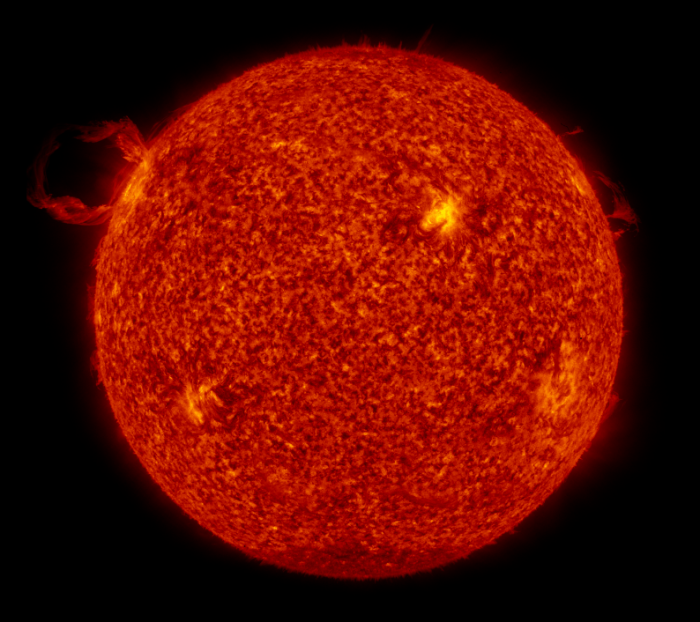

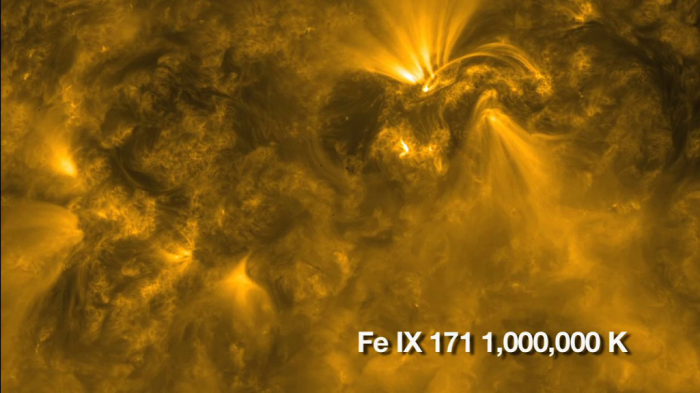
More at NASA SDO’s First Light page.
SDO: The Solar Dynamics Observatory is the first mission to be launched for NASA’s Living With a Star (LWS) Program, a program designed to understand the causes of solar variability and its impacts on Earth. SDO is designed to help us understand the Sun’s influence on Earth and Near-Earth space by studying the solar atmosphere on small scales of space and time and in many wavelengths simultaneously.
